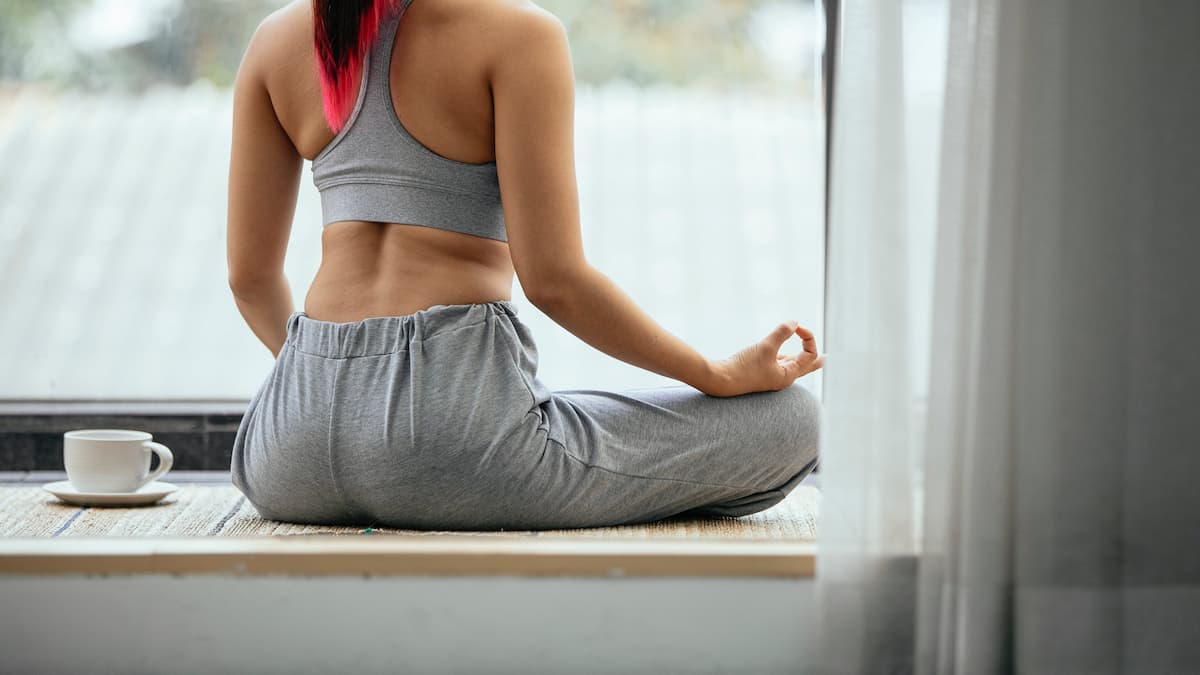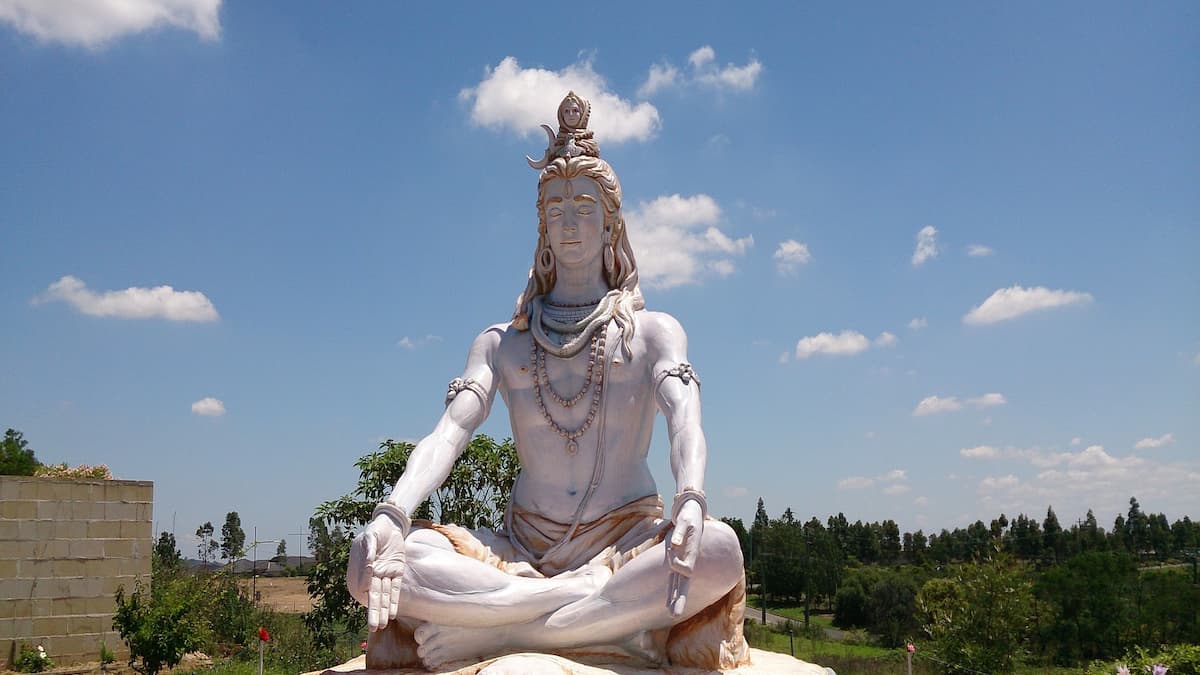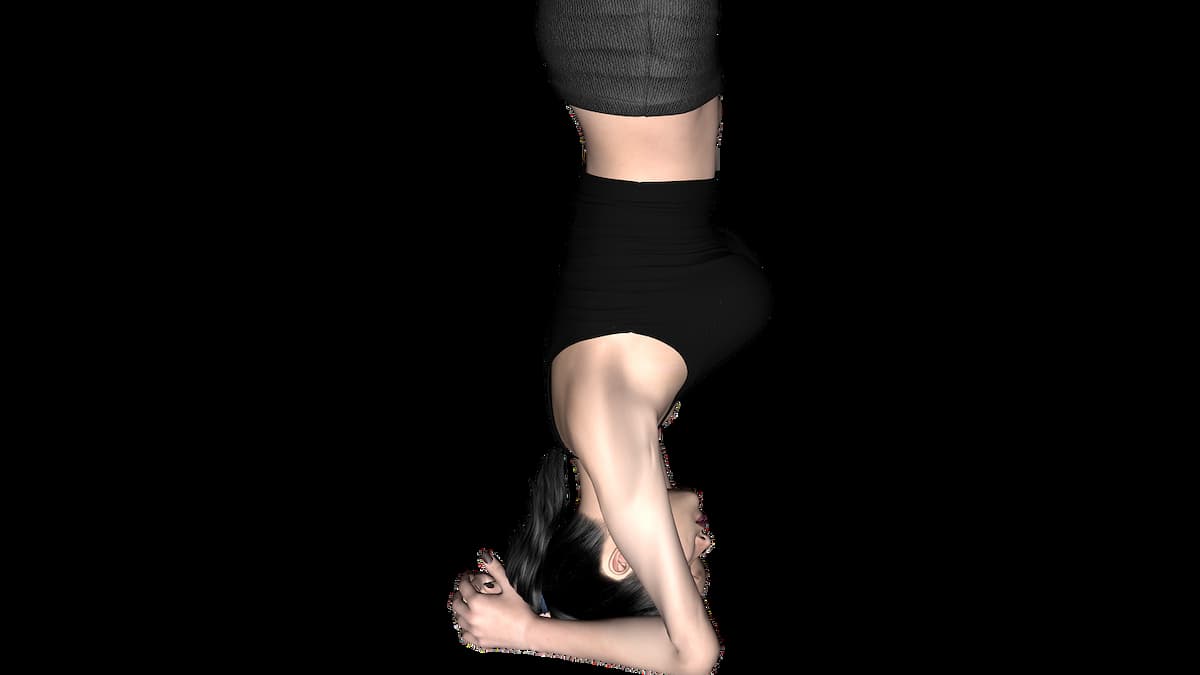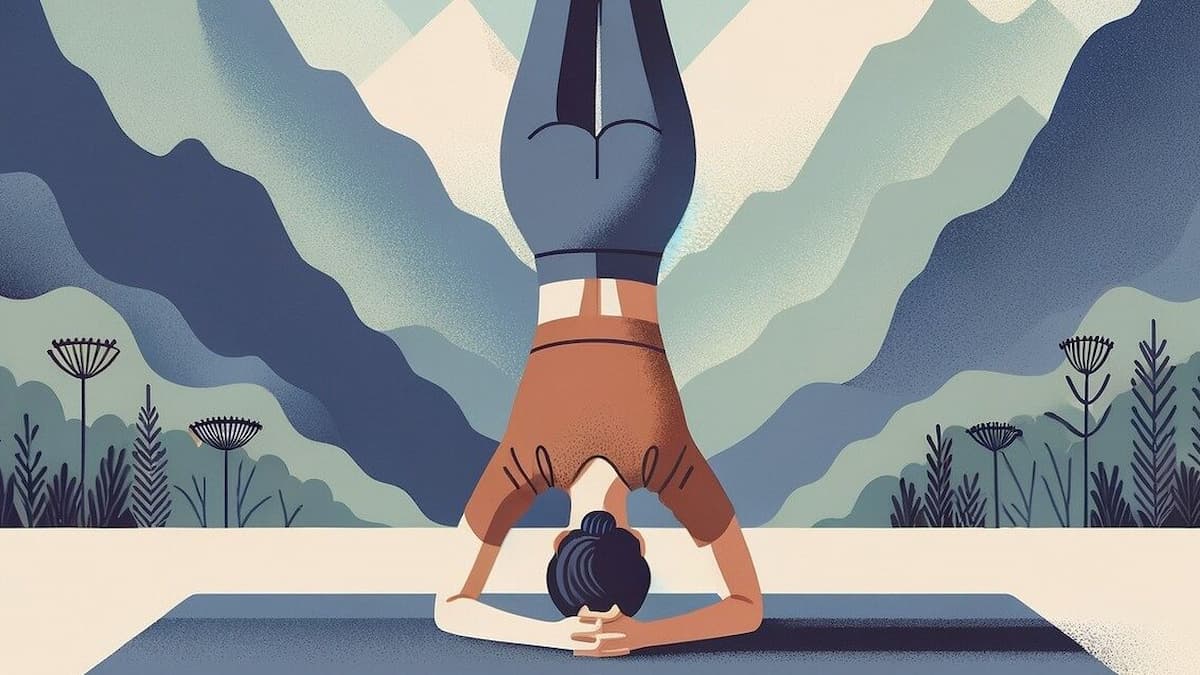Introduction
Mudras in Yoga are specific yoga positions or signs that influence the performer’s physical, psychological, and spiritual aspects. These are yogic gestures that give pleasure and delight to the practitioner. Also, these are the practices of symbolic yoga signs that give the desired results. Mudra can be a position of the hand, eye, and any part of the body or even a breathing exercise. They often symbolize the state of consciousness. For instance, the most familiar Mudra – Chin Mudra – symbolizes the union of Individual Consciousness and Cosmic Consciousness.
Mudra is defined in Sanskrit as Mudam Anandam Dadaiti Iti Mudra. It means Mudra is the one that gives delight. In essence, Mudras lead to a specific state of consciousness that gives bliss to the performer.
Apart from Yoga and Meditation, Mudras are used in classical dances of India, worship, and Tantra. Hence, there are different types of Mudra in practice.
However, we take only Mudras in Yoga for discussion here.
The Origin of Mudras
The origin of Mudras is not a mystery. What we are practicing as Mudra today originates from India only. While teaching the Gita to Arjuna, Lord Krishna performs Chin Mudra or Gyan Mudra. Also, the age-old statues of all deities of Hinduism show one Mudra or the other. Not only in Hinduism, the statues of Buddha and Mahavira are also found in performing Chin or Gyan Mudra. It is historically evident that Mudras originate from India. Not only that, it has been a part of the day-to-day life of an Indian.
Bandhas and Mudras in Yoga
Bandhas are similar to Mudras. Often, the term Mudra includes both Mudras and Bandhas. Bandhas are yogic seals or yogic locks. The most familiar classical yoga text Hatha Yoga Pradipika treats both terms as synonyms only.
However, Bandhas are used to block the Pranic Energy going in unwanted directions. Both Yogic Seals and Signs aim to direct the Kundalini energy to Brahma-randhra or thousand-petalled lotus. Yogic Locks are primarily used Pranayama techniques.
How Many Mudras are there in Yoga?
There exists a wide array of Yogic gestures within the realm of Yoga and Meditation. Nevertheless, the Gheranda Samhita, a Classical Yoga Text, provides a comprehensive compilation and explanation of the significant twenty-five Mudras. Similarly, other classical yoga texts such as the Hatha Yoga Pradipika (HYP) and Hatha Ratnavali solely emphasize the ten of them as being of utmost importance. Below, I present the complete list of twenty-five yoga gestures as outlined in the Gheranda Samhita. Additionally, the initial ten of them are recognized as Dasa Maha Mudras in various Hatha texts.
- Maha Mudra
- Nabho Mudra
- Uddiyana
- Jalandhara
- Mula Bandha
- Maha Bandha
- Maha Vedha or Maha Bheda
- Khechari Mudra
- Viparitakarani or Viparitakari
- Yoni
- Vajroli
- Sakthi Chalani
- Tadagi
- Mandavi
- Shambhavi
- Prithvi Dharana
- Varuna Dharana
- Vayu Dharana
- Agni Dharana
- Akasa Dharana
- Ashwini Mudra
- Pasini
- Kaki
- Matangi
- Bhujangini
Hasta Mudras in Yoga and Meditation
Apart from the above list of twenty-five Yogic Seals, there are nine other important hand gestures in Yoga practice and meditation.
- Gyan Mudra
- Chin Mudra
- Prithvi
- Vayu
- Varuna
- Shunya
- Surya
- Prana
- Apana
- Linga



